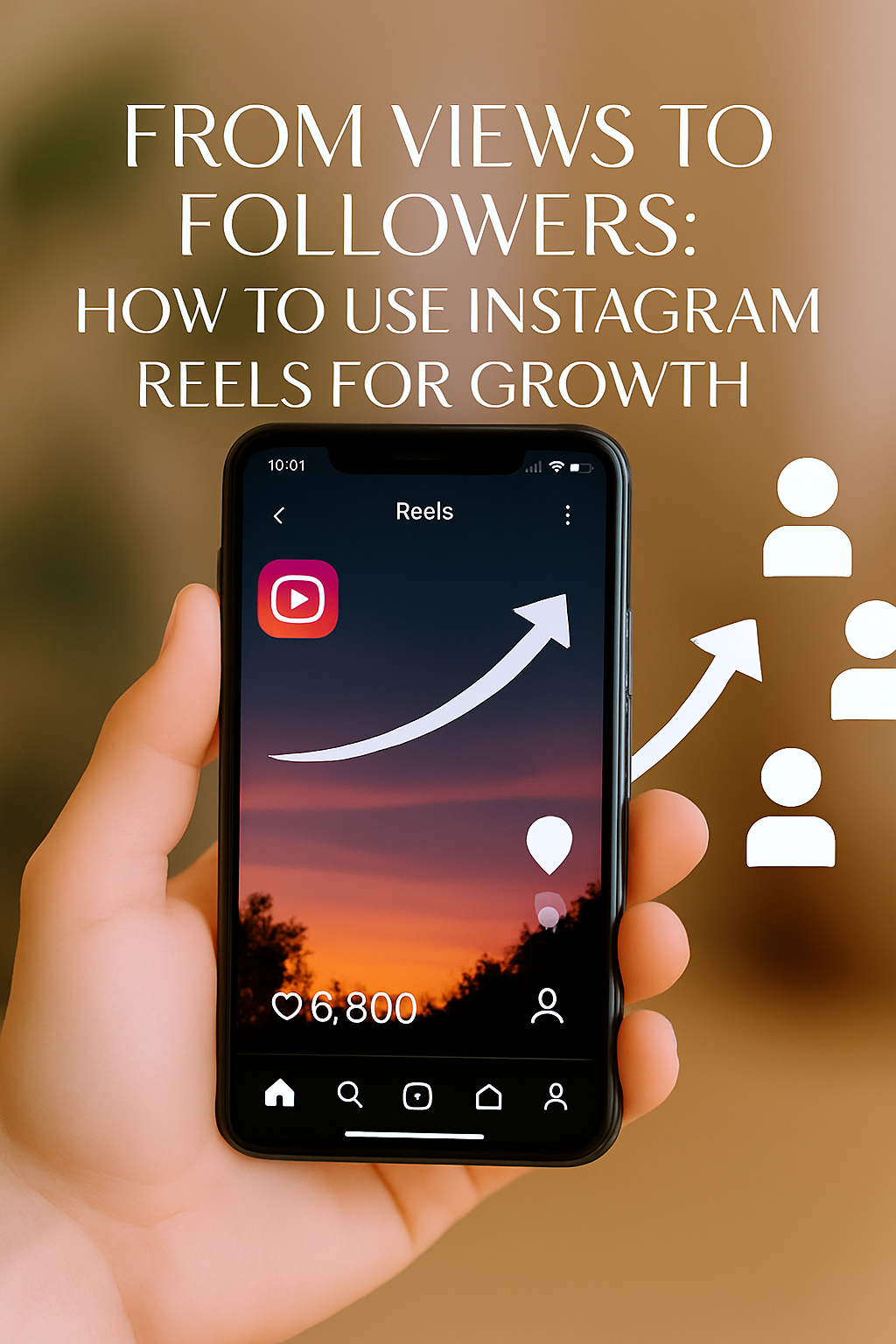

Grow Online with a Leading Web development and Digital Marketing Agency in Dubai
Sagar Tech is an award-winning 🏆 web development and digital marketing agency in Dubai. Our group has a strong desire to support businesses' online growth. We create websites that look great and help bring in more customers. Whether you need an eCommerce website, a business website, a one-page site, or a custom design—we’ve got the skills to make it happen.
As an expert digital marketing company, we also provide services that increase the reach and speed of your brand's growth. We use creative strategies to achieve visible outcomes, from Google Ads and SEO to local SEO, social media marketing, and content marketing. The goal of our team is to help your company grow in the world of digital media and stand out.
 (1).webp)
Our Services
Our Statistics

500+
Projects Done
300+
Satisfied Clients
1
Awards
5
RatingTestimonial From Our Valuable Clients
SAQUIB AGBOATWALA (CEO)
OASIS CONSULTING
It is a distinct pleasure for me to recommend Sagar Tech to one and all.They offer a wide
variety of services to all kinds of businesses to help them scale. They are Professional,
Patient, diligent and detail oriented in their work.
Overall it was a 10/10 experience choosing Sagar Tech and I highly recommend everyone to give
them a chance. 👍🏻
Our Blogs
The Role of Digital Marketing in Healthcare 2025
How Doctors and Clinics in Dubai Are Growing Online In 2025, digital marketing is no longer a “nice-to-have” – it’s a must-have for healthcare professionals. Whether you’re a clinic owner, doctor, dentist, or wellness expert in Dubai, the way people find healthcare has changed. Before making an appointment, the majority of patients now consult Google, […]
Published By Sagar Tech | On July 2, 2025
From Views to Followers: How to Use Instagram Reels for Growth
Let’s be honest—getting views on Instagram Reels feels great. You post a short video, the views start climbing, and you think, “Wow, I’m going viral!” But here’s the real question: Are those Instagram Reels views turning into followers and customers? If not, don’t worry. You’re not alone. The truth is, getting people to tap that […]
Published By Sagar Tech | On May 27, 2025
What are Author Pages and Why Are They Crucial For Your SEO Strategy?
Hey there, SEO lovers and content creators! Today, we’re on a question that’s been popping up a lot lately: What’s the ideal structure for an author page? If you’ve ever wondered how to create an author page that’s both reader-friendly and SEO-friendly, you’re in the right place. Let’s break it down step by step, so […]
Published By Sagar Tech | On March 14, 2025
FAQs
How fast can you build my website?
We deliver fully custom websites in just 7 days from the time we receive your content and branding details.
Is this really a custom website or just a template?
Every Weblix site is 100% custom-designed to match your brand, goals, and audience—no templates, ever.
Do I need to provide content and images?
You can provide your own, or we can help source professional images and write high-converting content for you.
Will my website be mobile-friendly?
Absolutely! Your website will be fully responsive, optimized for mobile, tablet, and desktop devices.
Do you offer SEO services?
Yes! Basic on-page SEO optimization is included in every package to help you rank and attract traffic.
Can I update the website myself later?
Yes, your site will be built on a user-friendly platform so you can easily make changes anytime.
What if I need changes after launch?
We include 30 days of free post-launch support, and offer affordable maintenance plans if you need ongoing help.
Is there any hidden cost?
Nope! We believe in transparent, flat-rate pricing—you’ll know exactly what you’re paying for before we begin.

















































